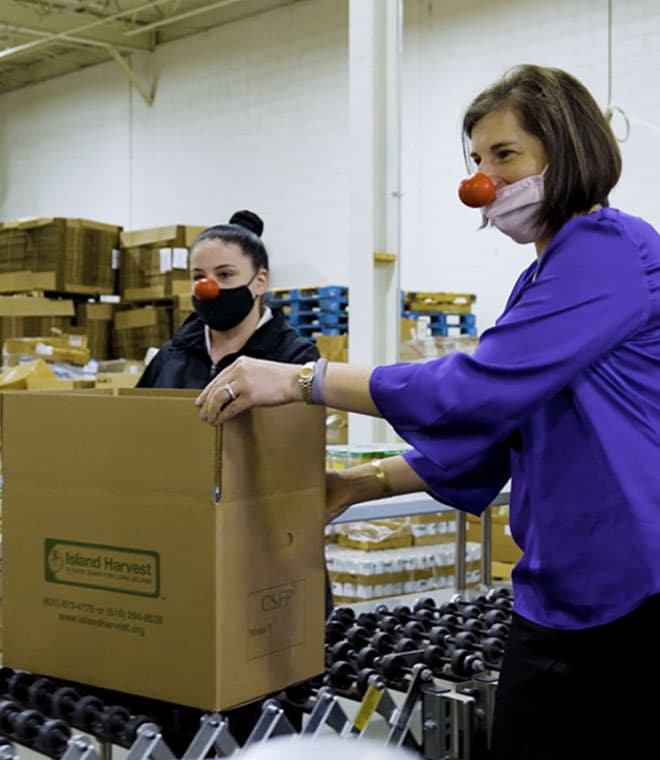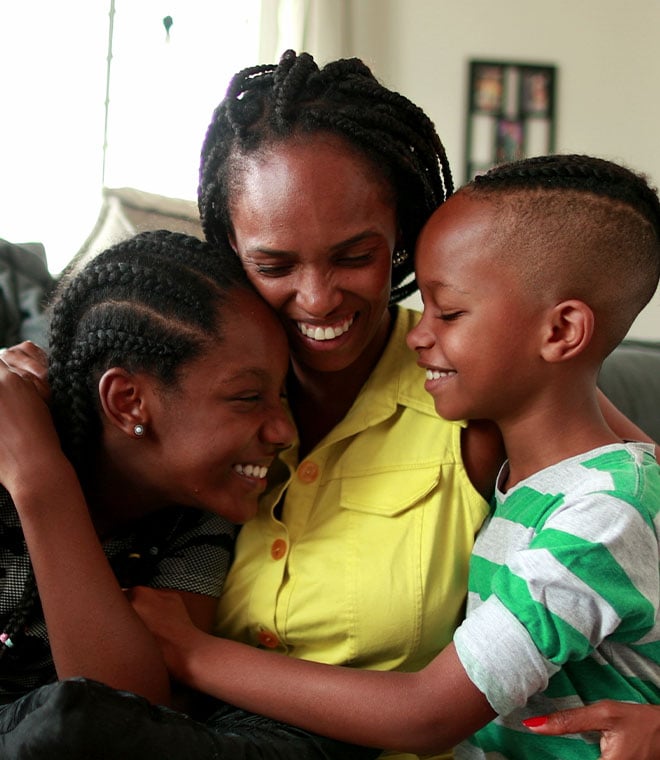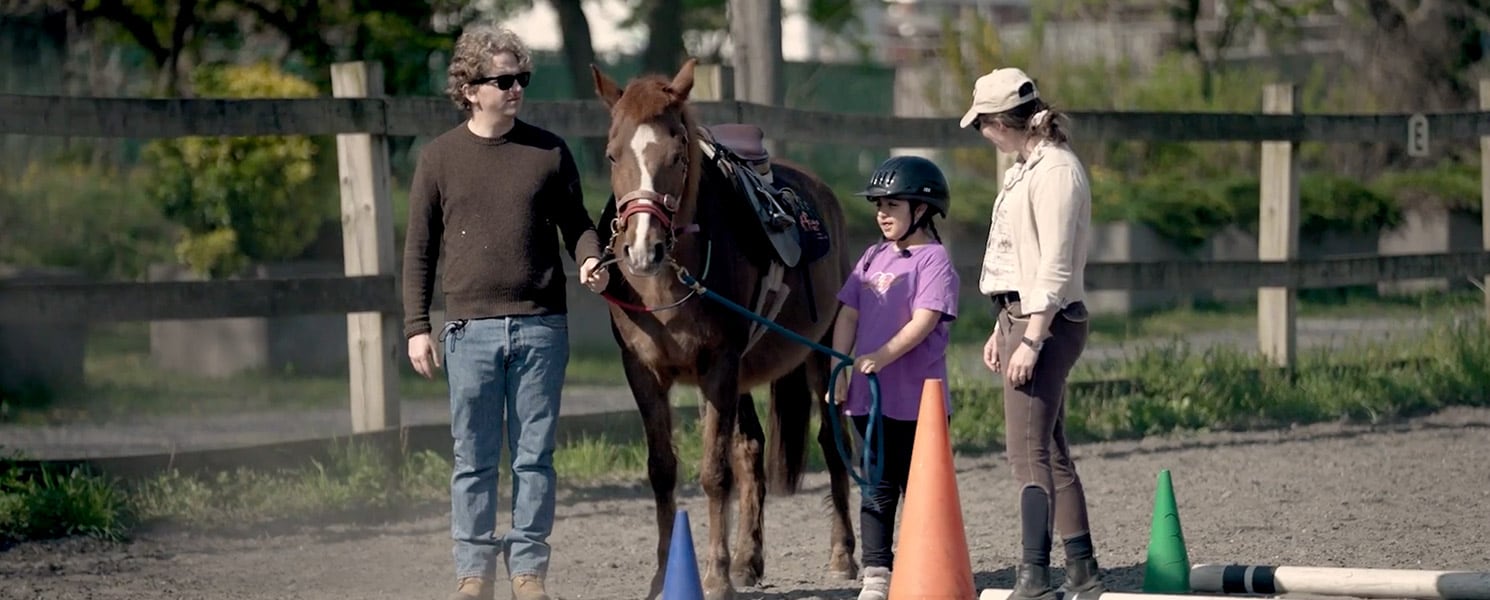Community Stories
How pharmacists provide extra support for cancer patients
By Walgreens Sep 03, 2022 • 7 min
As a pharmacist, Maria Troia’s job requires a deep understanding of medications and their side effects. That’s what she spent three years studying while working toward her doctorate in pharmacy at the University at Buffalo. But what Maria didn’t expect was that her work would also demand the skills of a detective, interpreter and financial advisor.
Maria is the general manager of operations at one of Walgreens specialty pharmacies. She’s also one of 77 Walgreens pharmacists across the country who have completed a training program certified by The Leukemia & Lymphoma Society (LLS), designed to provide extra support for blood cancer patients. The program covers diagnoses, treatment plans and side effect management. It also helps pharmacists understand the emotional side of cancer diagnoses and how to talk with patients when they come in to the pharmacy.
“Our patients often feel overwhelmed when they walk in the door,” she explains, “and our goal is always to find a way to help them.”
Sometimes that means asking probing questions to understand why a patient stopped taking their medicine. Other times it requires Maria, who specializes in cancer treatments, to study the newest medications and then translate the data for her patients. Often it means helping patients navigate the prohibitive costs of medication and treatment, which can quickly grow to thousands of dollars a month, especially for cancer patients.
Such was the case for a multiple myeloma patient Maria helped. One day, after months of coming in on a weekly basis to receive both oral medication and regular blood transfusions, they revealed to Maria that the cost of their cancer treatments were becoming prohibitively expensive. “Just the transfusions were over $1,000 each month,” says Maria.
So Maria decided to investigate. After hours online and on the phone, she developed a plan for her patient that included applying to a grant program and signing up for a secondary insurance. Together, those steps eliminated all costs except for administrative fees. “Cost is a huge burden on our patients,” she says. “And because they felt comfortable sharing with us, we were able to help them not spend their last years spending all their money on these treatments.”
Creating that kind of trust is an essential part of the pharmacist’s role, says Gwen Nichols, MD, chief medical officer at LLS. “Patients may only see their doctors every few months, so pharmacists become key partners in blood cancer care,” she says. “Pharmacists are often the ones addressing concerns about dosage or side effects, or noticing if a patient hasn’t picked up their prescription in a while. They have the opportunity to encourage open, honest conversation, asking questions that can be the difference between life and death.”
That’s one reason why Dr. Nichols and her colleagues at LLS partnered with Walgreens to develop the training program. It’s comprised of 11 courses and takes 13 hours for pharmacists to complete, and the effort is more than worth it.
“A physician explains the disease and treatment to a patient,” says Karen DeMairo, vice president of education for LLS, “and then the pharmacist goes into the medications that are used. The pharmacist is the one who sees the patient all the time. They play a more active role.”
For pharmacists working with blood cancer patients, that care can include administering oral medication or chemotherapy drugs taken at home. Patients often have lots of questions or worries that may not reach the level of calling one’s doctor, but still require clinical expertise. “Training pharmacists is an obvious way to expand the number of people who can help patients,” says Dr. Nichols.
This unique educational program is growing, and Maria is part of the first group of LLS-accredited Walgreens pharmacists across the country. Completing the training reaffirmed a belief she’s held true since she first worked in a pharmacy as a teenager: Good care begins with human connection.
“I like to think of my patients as my own family,” she says. “Investing in these programs helps us help our patients. We’re here to help patients through really difficult times. And every additional resource we have helps us make a positive impact on our patients and our communities.”
Published September 2022.



